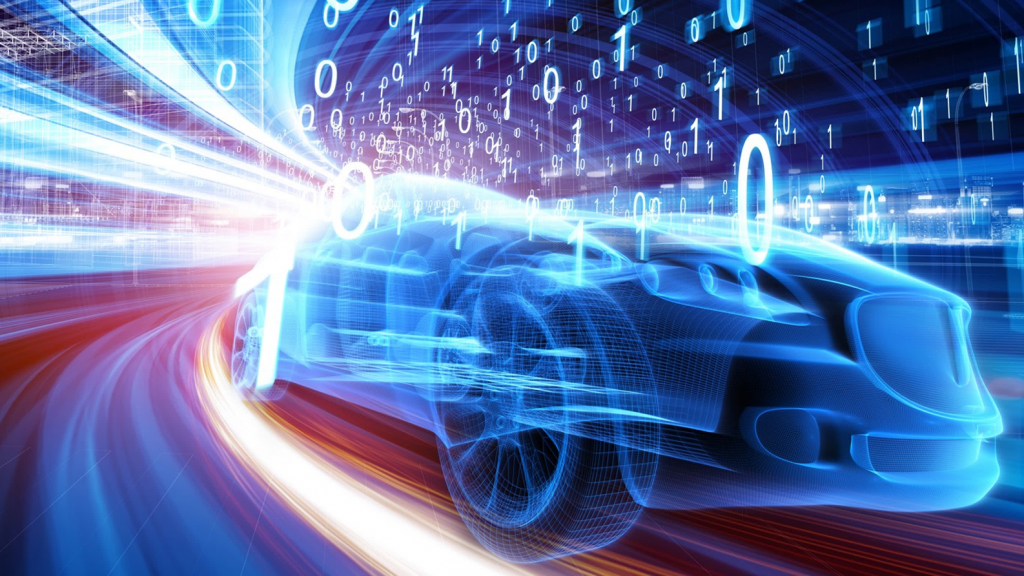
CES 2019: The rise of AI in automotive

CES is always an exciting time as we eagerly await the new innovations and technologies that will shape our future. This year, one thing was evident: CES 2019 was the year of artificial intelligence (AI).
AI is everywhere, making innovation faster and more accessible. AI is redefining the experiences we have across our daily lives and the experiences we have in one of the places we spend a good portion of our time—the automobile.
Microsoft’s vision for automotive is to enable connected, productive and safe mobility experiences anywhere for the customer along their journey. With Microsoft technologies as the foundation of this vision, it was no surprise that AI took center stage at our CES booth this year.
Microsoft, along with our partners, showed how we are fueling new digital experiences with Azure IoT, AI and mixed reality. From an automotive standpoint, we shared how AI is opening up rich, immersive experiences for consumers, as well as new monetization opportunities for automakers.
CES spotlight: Cloud and AI partnerships in automotive
CES was the perfect venue demonstrate how our customers and partners are enhancing their connected vehicle, autonomous vehicle and smart mobility strategies using the power of the Microsoft intelligent cloud, intelligent edge and AI capabilities.
First, LG Electronics shared how they are working with Microsoft to use Azure cloud and AI technologies to create a new benchmark in autonomous automotive AI. LGE will apply Microsoft AI capabilities in their Advanced Driver Assistance Systems, Driver Status Monitoring Camera and Multi-Purpose Front Camera. They will also incorporate Microsoft’s Virtual Assistant in their Voice Assistant as part of their Vehicle Infotainment system. LG also has plans to leverage high-performance computing and graphics processing unit capabilities, supported by Microsoft Azure, to help train LG AI self-driving software.
In addition, Visteon Corporation is breaking new ground by enhancing their DriveCore Studio™ autonomous driving development environment. The company is tapping into Microsoft Azure to securely meet the computing demands of Level 3-plus autonomous systems. The development environment also gives automakers and partners the ability to unlock innovation potential through an open framework for developing algorithms using sensor-based artificial intelligence. By using Azure, Visteon can reach more customers as it speeds up their autonomous development work.
Last year at CES, ZF announced that it was developing their own IoT platform based on Microsoft Azure. Since then, the company has rolled out several industry-leading solutions such as fleet management, business process automation and smart transmissions—innovations we saw live at their CES booth this year. This week, we announced that we are taking our partnership one step further: ZF is establishing one of the most comprehensive digital cloud platforms in the automotive market, focusing on digital services for automated driving, vehicle motion control, integrated safety and electromobility—all built on the Azure IoT platform.
Elektrobit is also doing forward-thinking work with Microsoft Azure to help the industry prepare for a future of autonomous driving. By incorporating Azure cloud and Azure Data Box into Elektrobit hardware and software, the company is empowering developers to efficiently refine automated driving systems by storing and processing PB-scale test data in the cloud. You can learn more in Elektrobit’s new white paper.
The journey ahead with AI
It is an incredibly exciting time in the industry as we see automotive changing forever. Market intelligence firm Tractica forecasts that AI hardware, software, and services revenue in the automotive industry will grow from from $404 million in 2016 to $14.0 billion by 2025, representing a compound annual growth rate of 48.3%.
We are proud to be partnering with industry leaders to help them capitalize on this important opportunity. For example, Grab is using Microsoft AI to advance on-demand transportation, mobile payments and online-to-offline services. We are working with AKKA Technologies to help ICONIQ Motors develop cloud-enhanced driverless technology for their cars, with the goal of a fully autonomous vehicle by 2020. And Audi technology partner EFS tested and proved a new ground-breaking deep learning AI solution that will give self-driving vehicles a better understanding of the roads they are driving on.
These are just a few examples of the innovative work that is happening today. As AI takes on more and more roles across the automotive ecosystem, it is inspiring to imagine the transformational possibilities that lie ahead for our industry.
With AI, we know we have just scratched the surface of what is possible in automotive. There is definitely more to come. And we are delighted to be on the leading edge, working with our customers and partners to create value that is driving the industry forward.
Explore our infographic “The world of 2030: navigating the future of autonomous vehicles” to learn more.
Twitter: @sanrav




